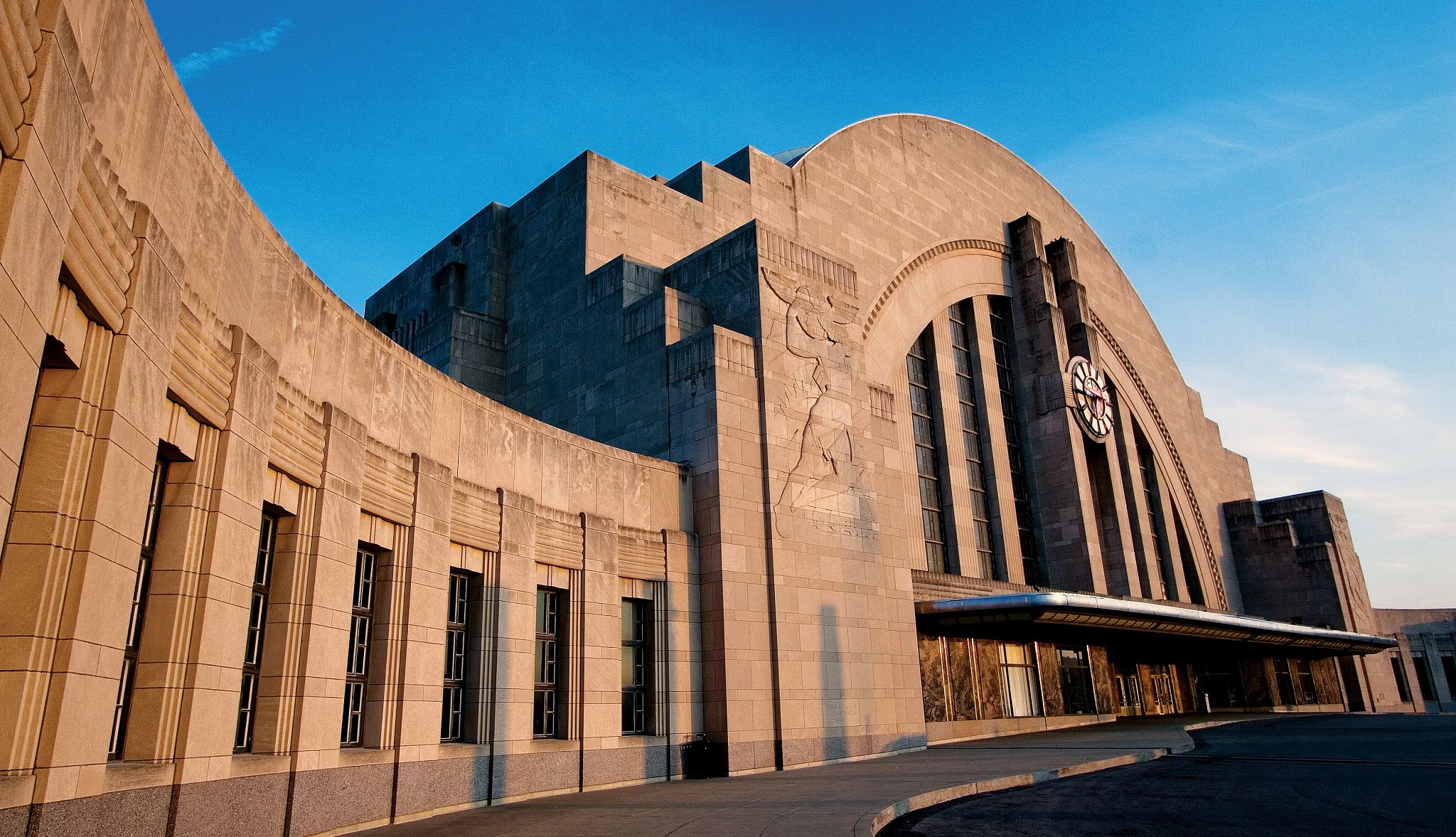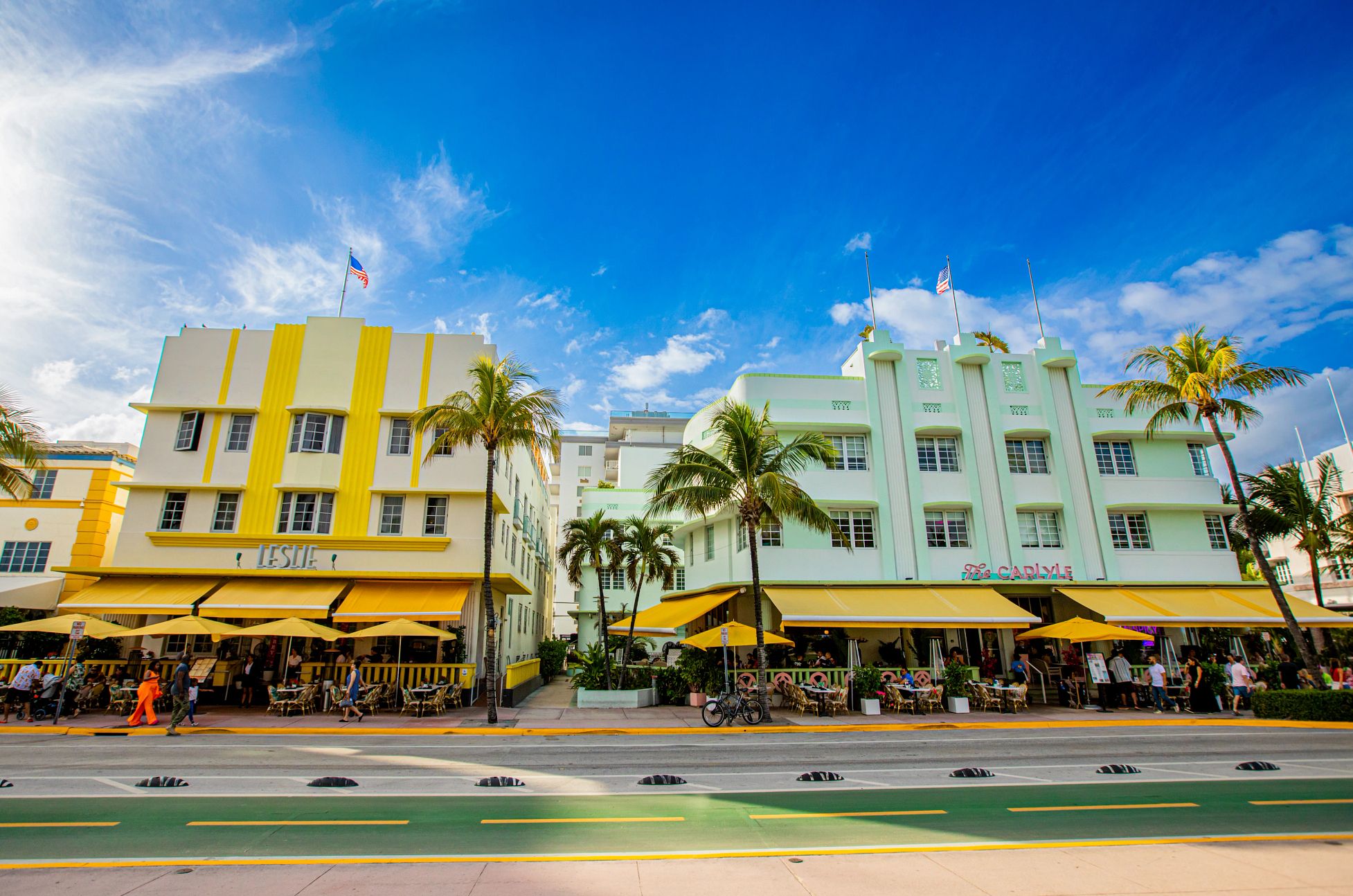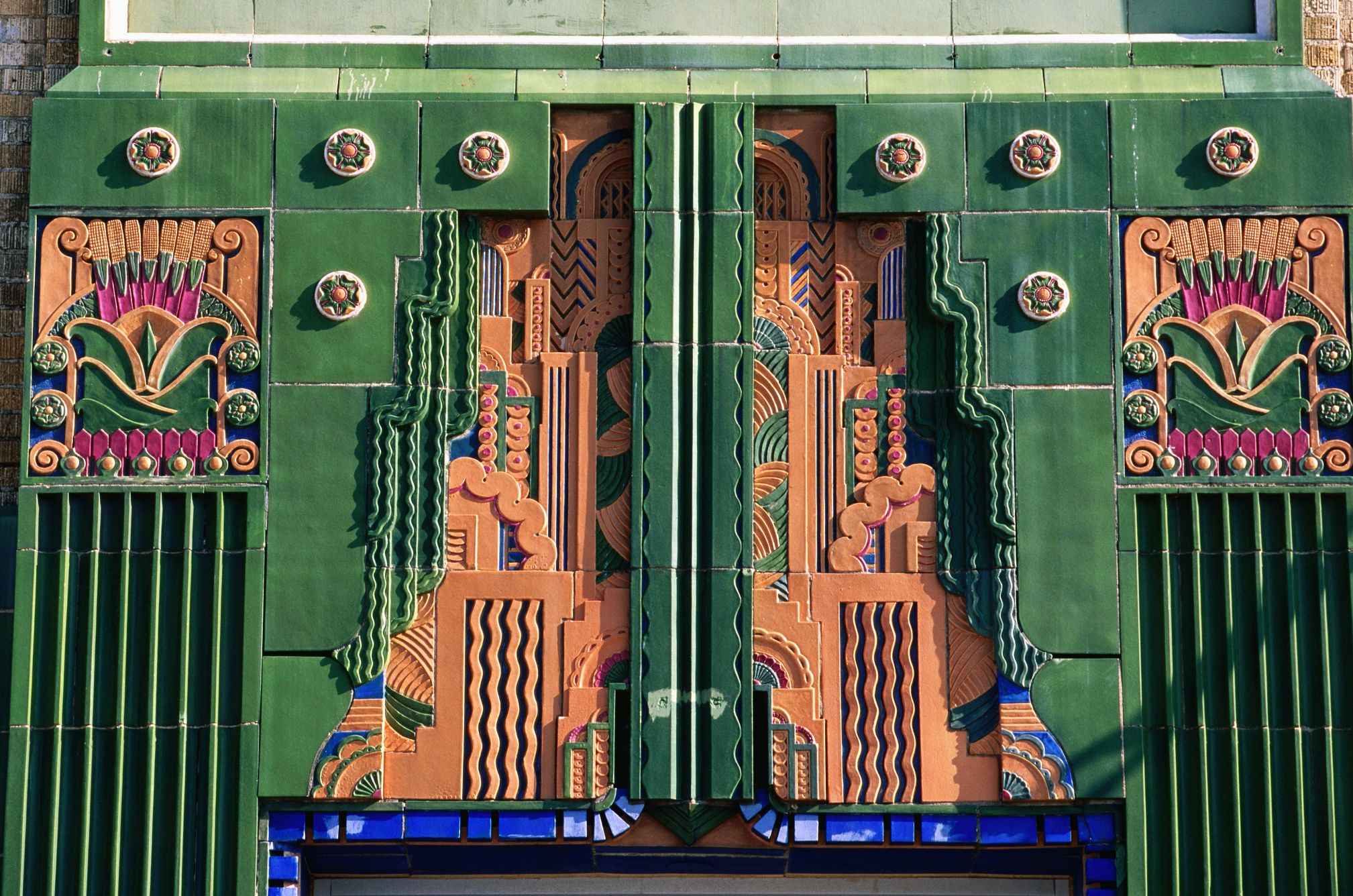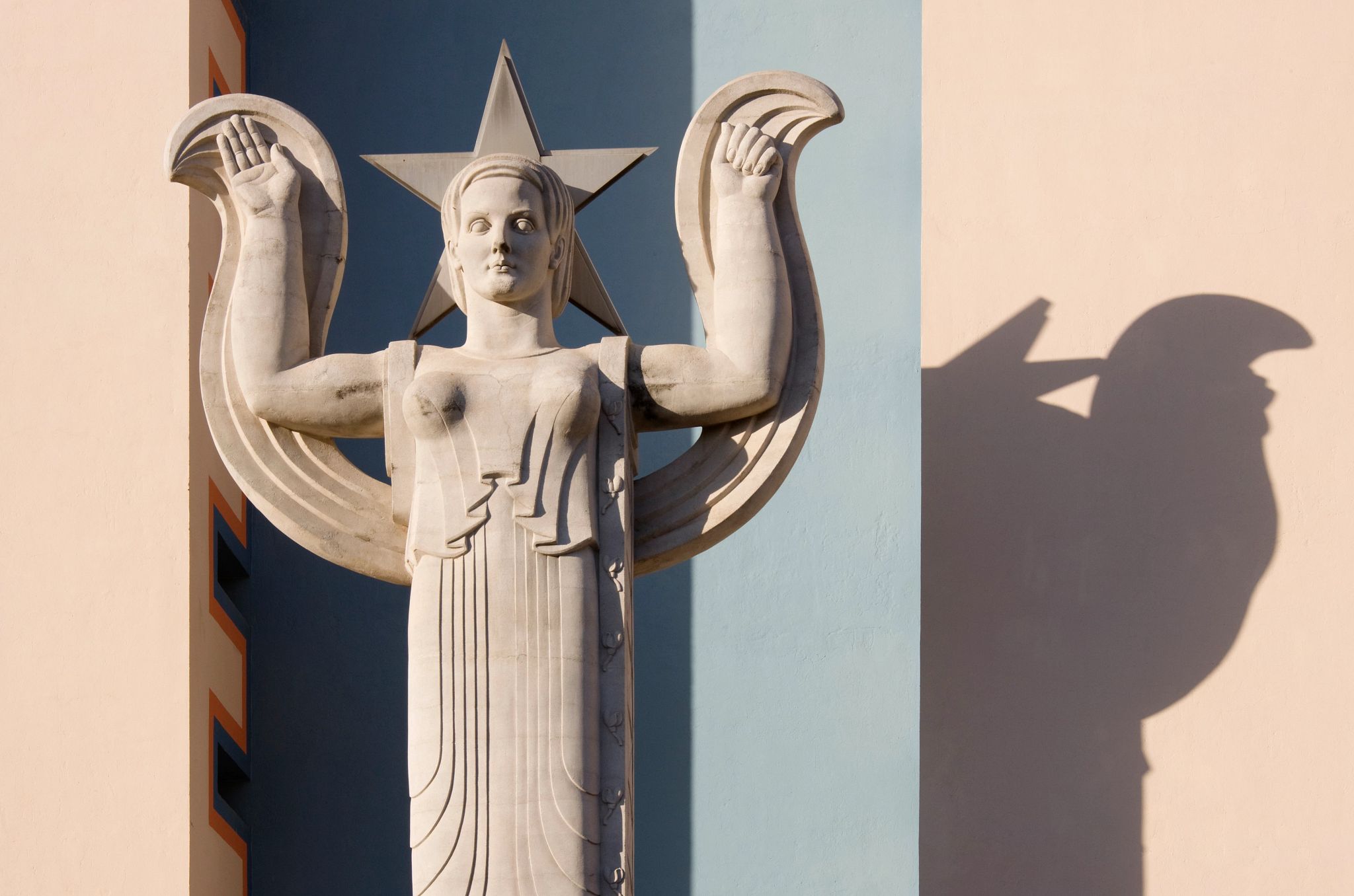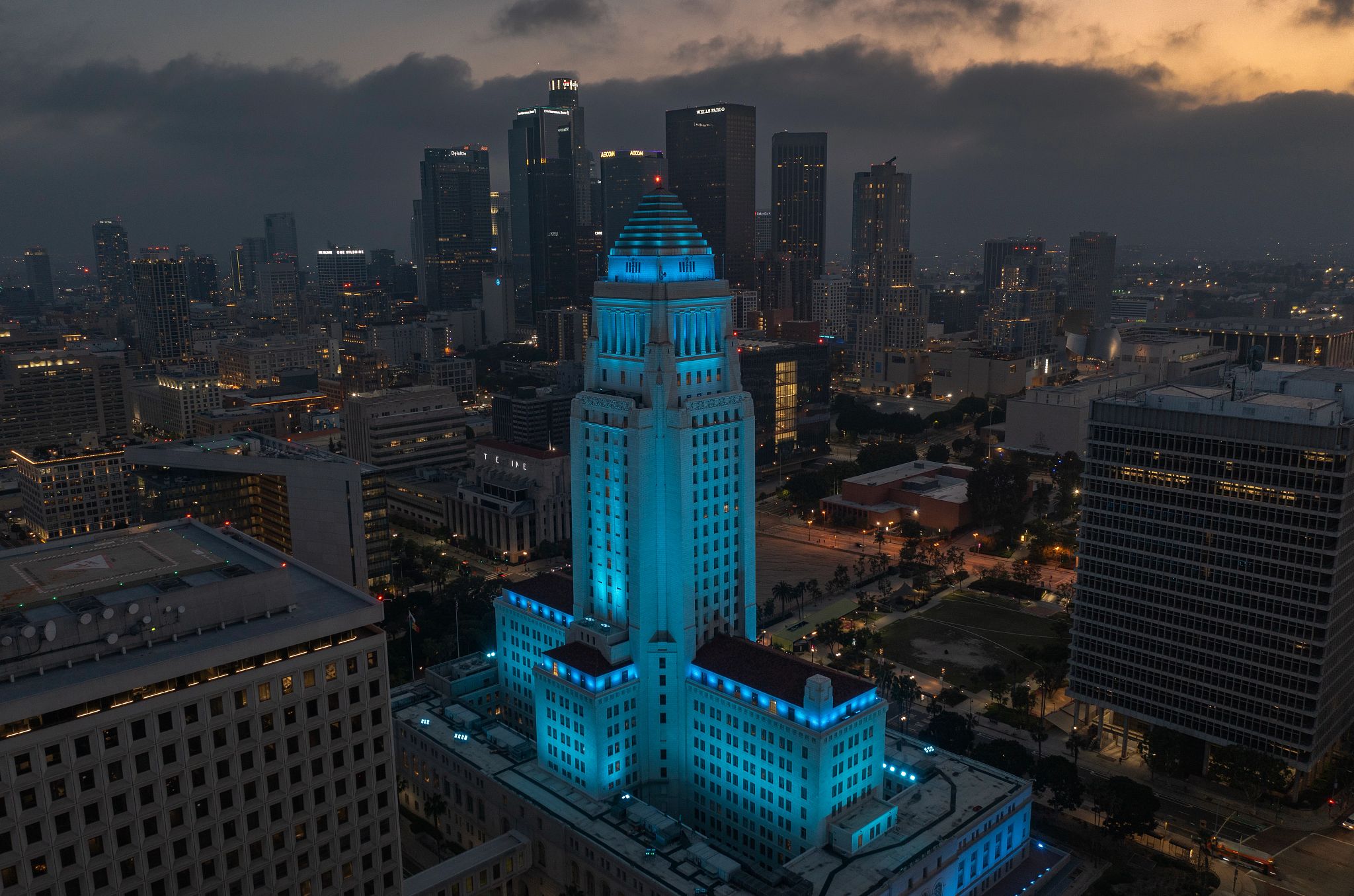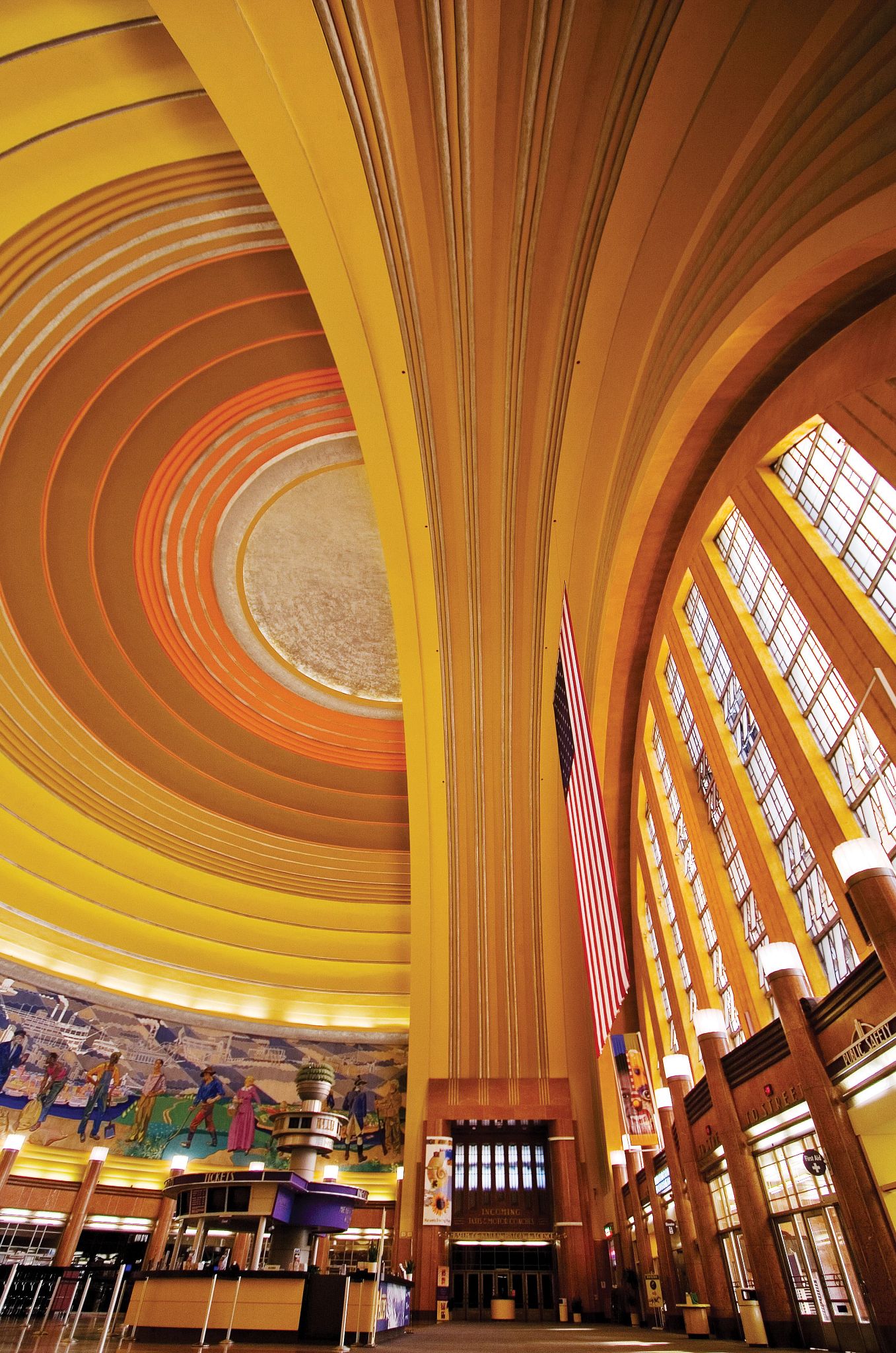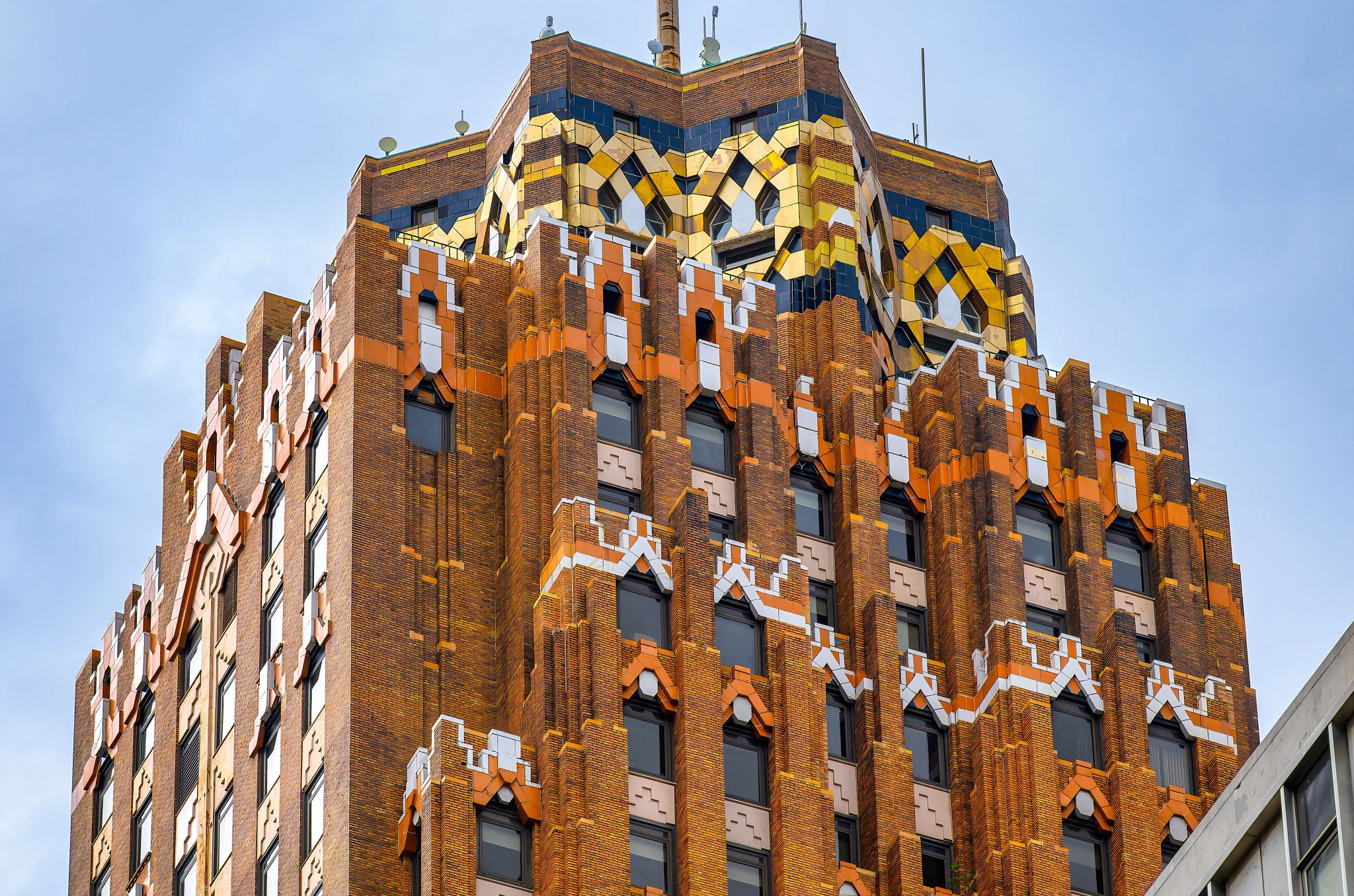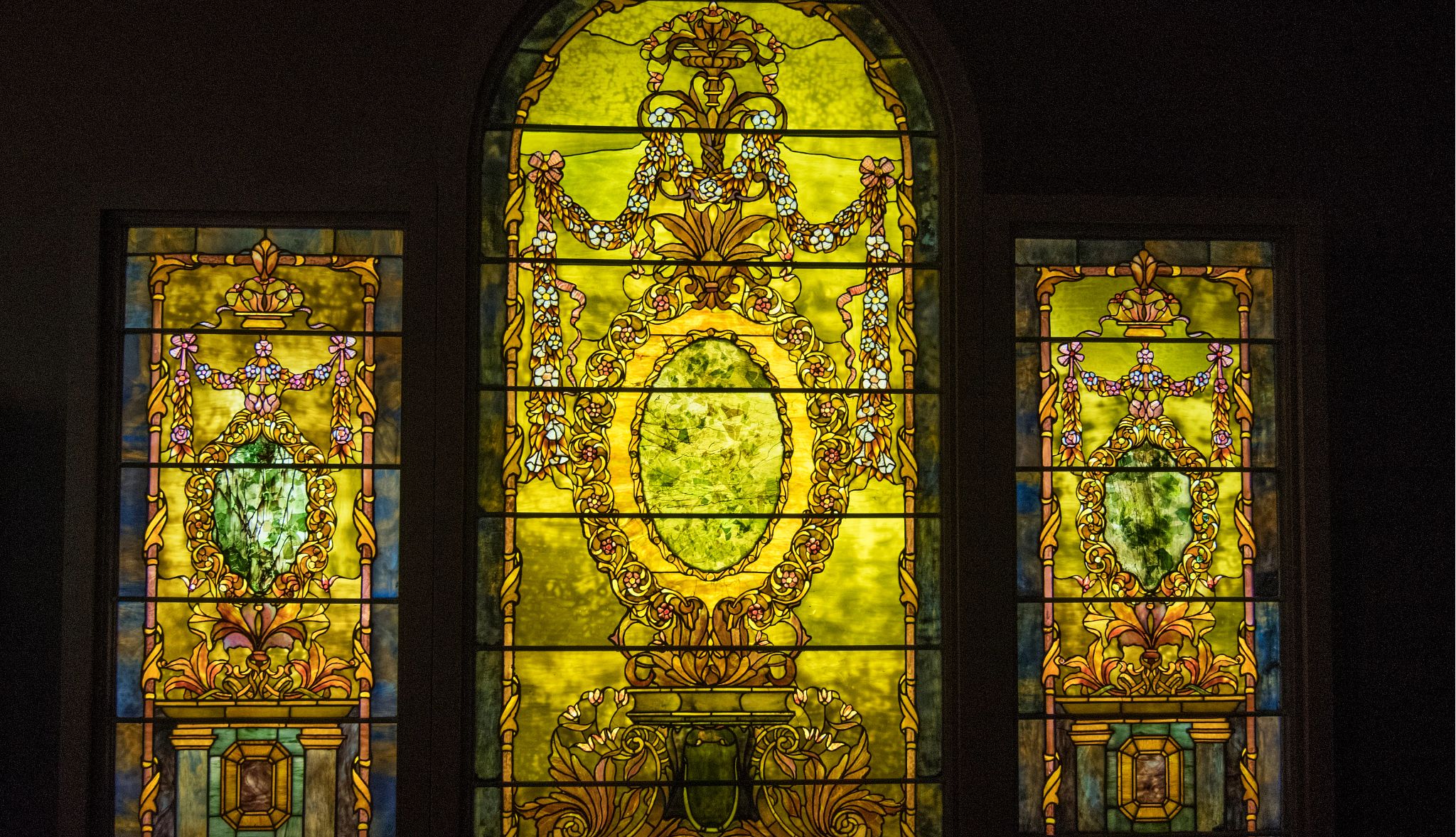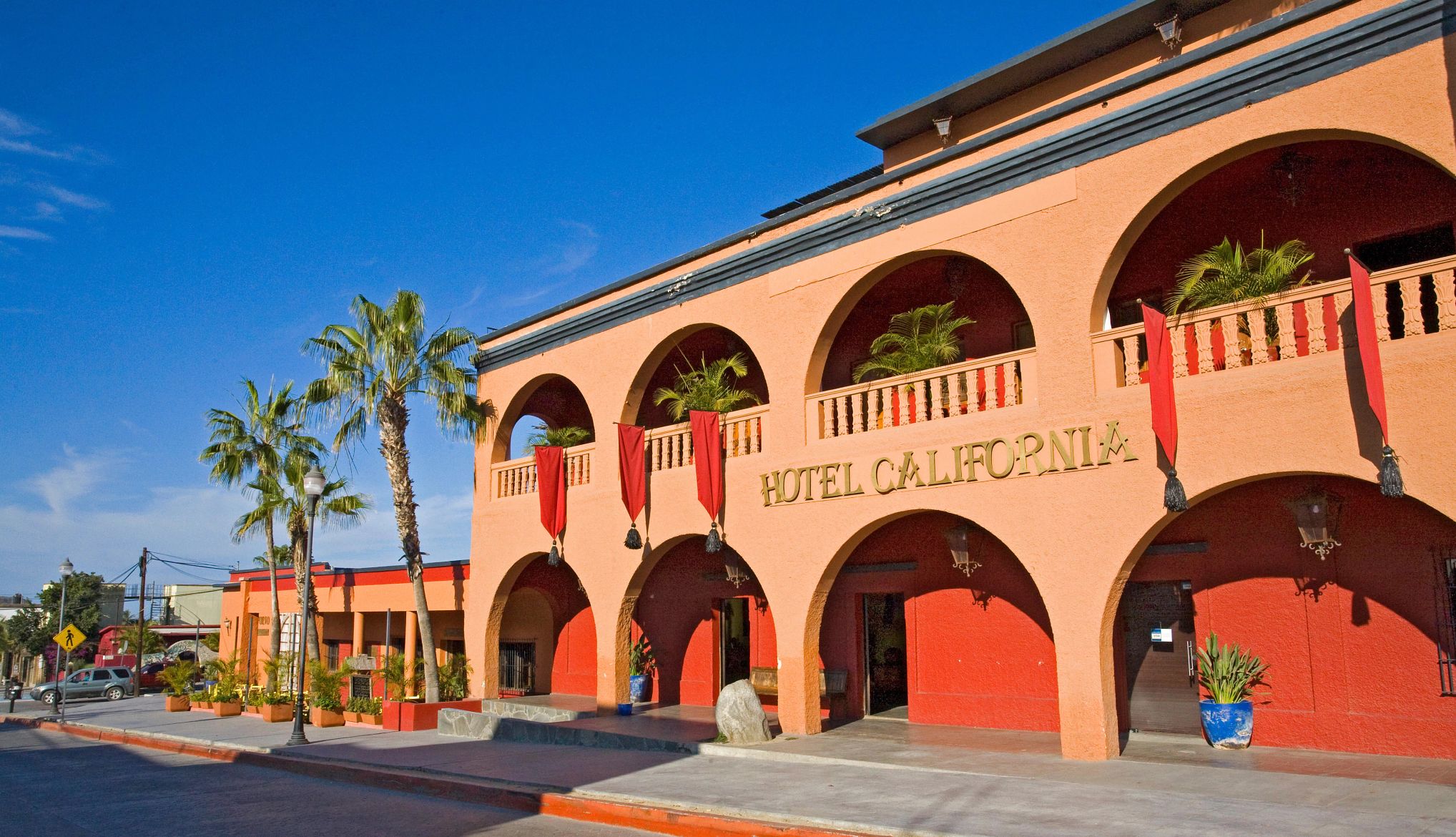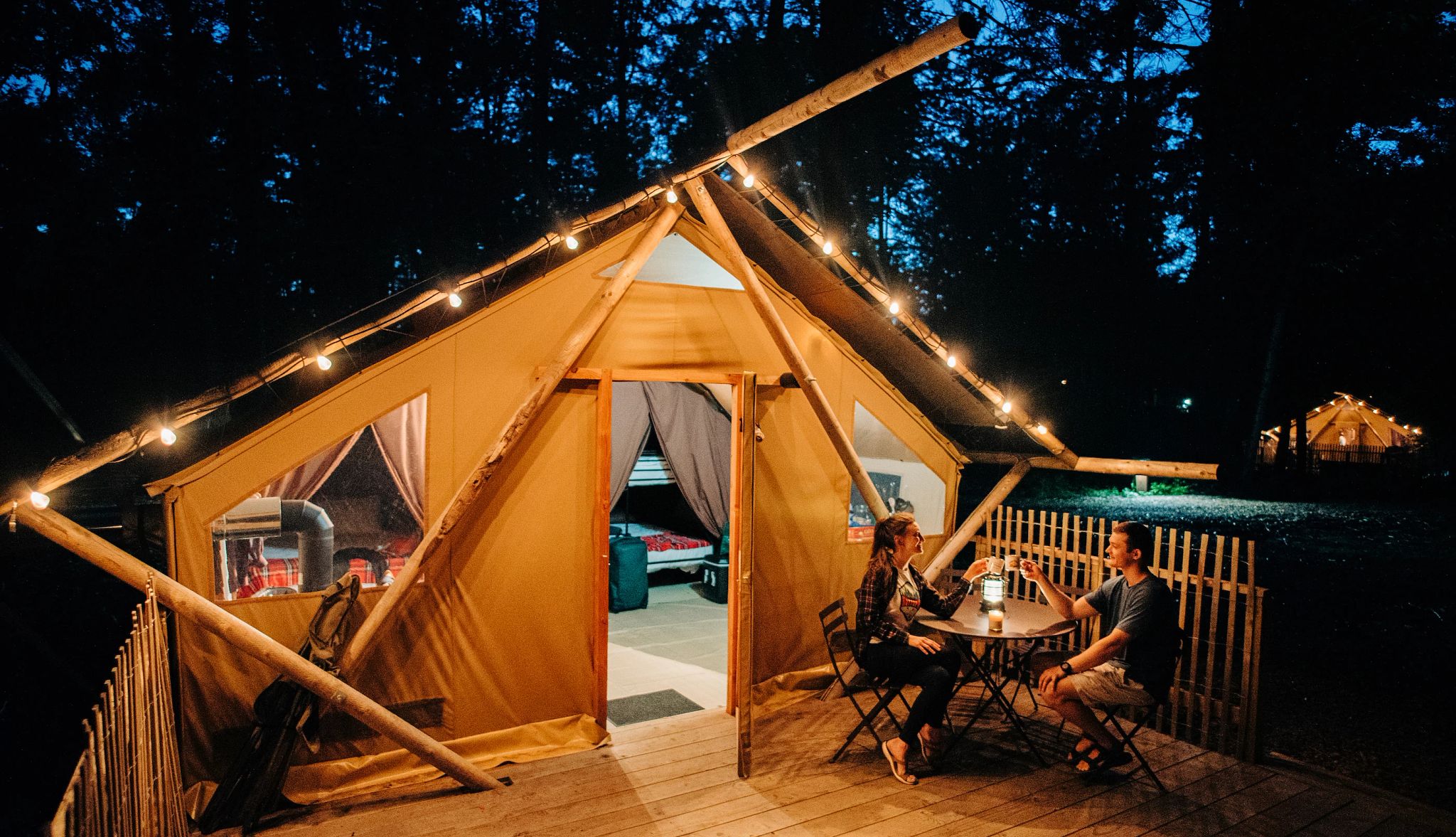AARP Hearing Center
As a high school sophomore reading The Great Gatsby in the mid-1980s, and then watching the movie, I was swept up in Hollywood’s portrayal of 1920s style – elegantly coiffed hair, simple yet sumptuous dresses, crisp tuxedoes, opulent buildings and sleek automobiles. I didn’t know it then, but I was drawn to the Art Deco aesthetic.
Art Deco as we know it is a result of the 1925 L’Exposition Internationale des Arts Décoratifs et Industriels Modernes (International Exhibition of Modern Decorative and Industrial Arts) in Paris. The name was coined from arts décoratifs when art historian Bevis Hillier published Art Deco in the 1960s. Common elements of Art Deco include geometric patterns, including zigzags and chevrons, asymmetry and vibrant colors.
John Thomas, an Art Deco historian and author, says that the expo, which was held after the Great War, was designed to promote a new design era.
The expo “was actually an attempt to streamline using decorative arts, architecture and design,” he says. To that end, lamps, sconces, furniture and even cigarette lighters and extenders were part of the Art Deco aesthetic.
Pascal Yves Laurent, a Paris-based architect, notes the timing of Art Deco’s debut at the expo.
“The 1920s represented the genesis of the modern world, when it was still imbued with hope, and when it seemed possible that art, like progress, could be everywhere and for everyone,” says Laurent.
Iconic Art Deco buildings exist throughout the country. We can’t forget the Carbide & Carbon Building in Chicago, Rockefeller Center, the Chrysler and Empire State buildings in New York City and the Hoover Dam outside of Las Vegas, with its bas-relief art. Here are seven places where you’ll find exceptional examples of this aesthetic, including in California, Florida and Texas, which are among this year’s top destinations for 50-plus travelers, according to AARP research.

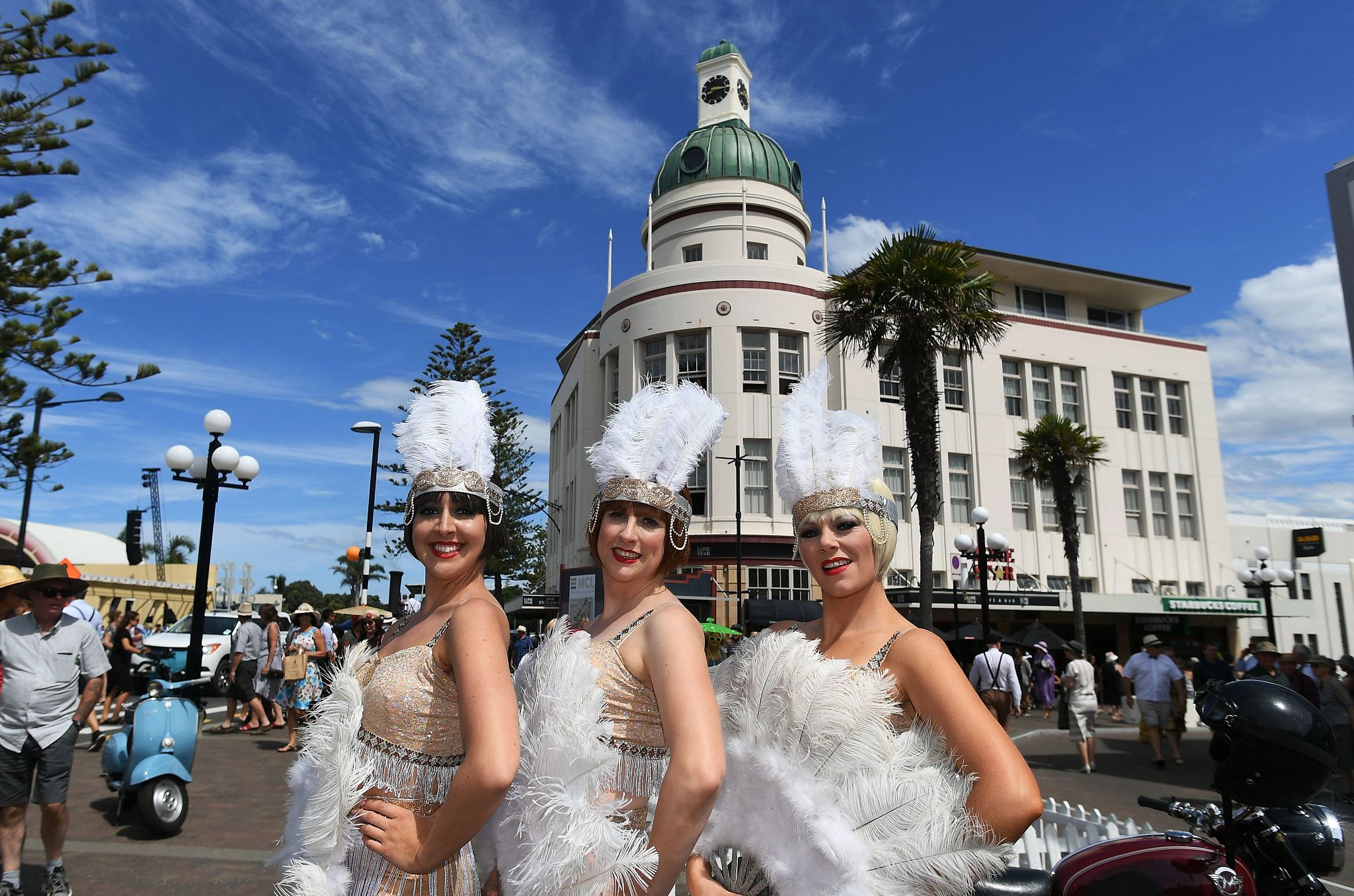
Napier, New Zealand
After suffering a massive earthquake and subsequent fire in early 1931, the city of Napier, about five hours southwest of Auckland, rebuilt itself in the style of the day – Stripped Classical, Spanish Mission and, most prominently, Art Deco. Today the city counts 140 Art Deco-style buildings in its central business district, with plenty more found in the city’s suburbs. Napier is considered the “Art Deco Capital of the World.”
Since 1998, Art Deco Napier has hosted its Art Deco Festival, drawing 20,000 enthusiasts from New Zealand, Australia, Canada, the U.S., the U.K., Singapore and more. Walking and vintage car tours are available year-round.































































